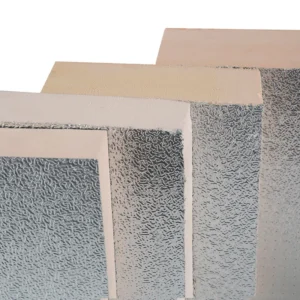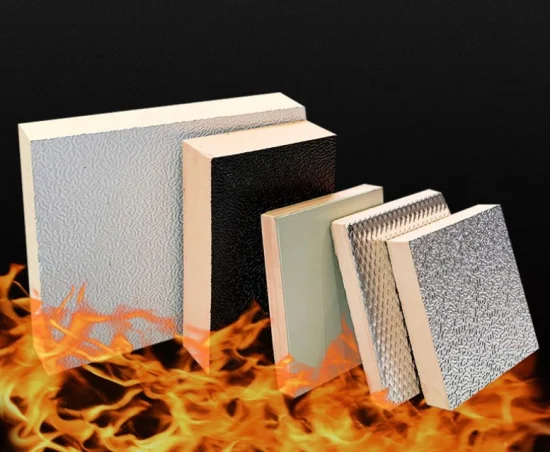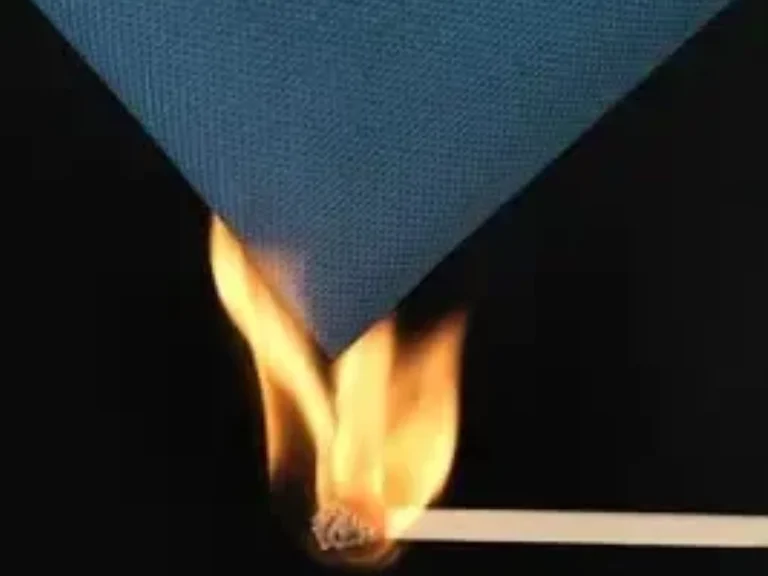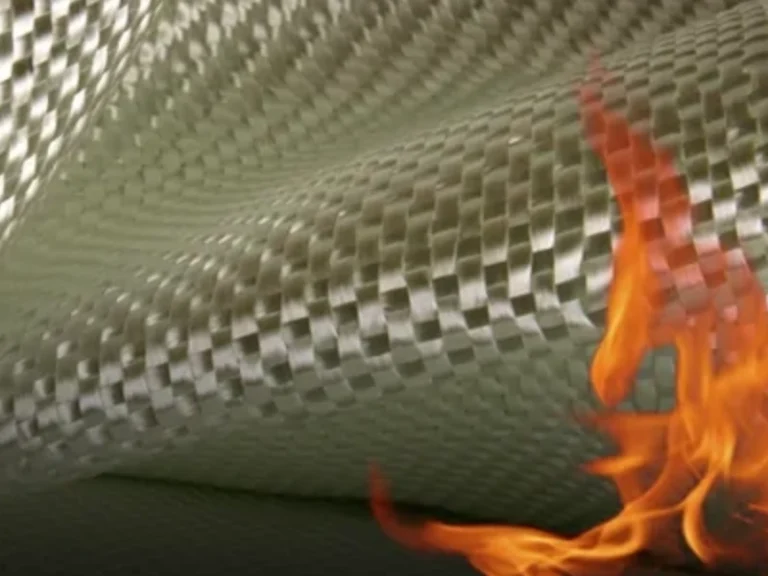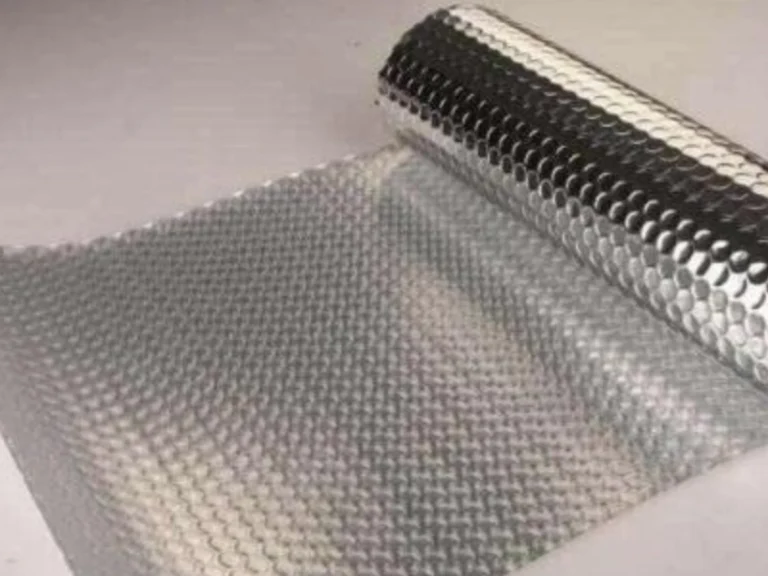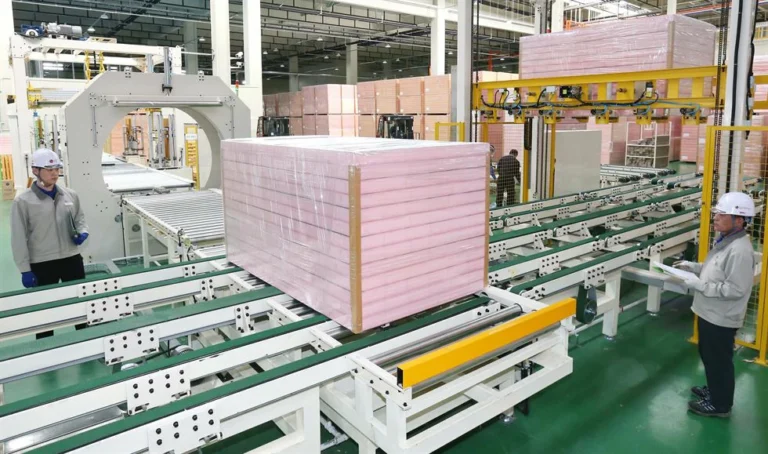Phenolic insulation is a high-performance thermal insulation material known for its exceptional energy-saving properties. It is crafted from phenolic foam, a type of rigid plastic foam that is lightweight and has a closed-cell structure. This structure gives phenolic insulation its superior R-value, making it highly effective at preventing heat transfer.
The chemical composition of phenolic foam, which includes phenol, formaldehyde, and other additives, contributes to its high R-value per inch. This means that phenolic insulation can achieve greater thermal resistance with thinner applications, making it an efficient choice for space-constrained installations. Furthermore, its inherent fire-retardant properties add an extra layer of safety, a paramount consideration in building codes and standards.
Phenolic insulation stands out as a preferred choice in the insulation market due to several key properties that align with the evolving needs of modern construction and industry. Its closed-cell structure, a hallmark of phenolic foam, is a game-changer in thermal performance, offering superior R-values that surpass those of many conventional insulation materials. This structure also imparts exceptional moisture resistance, preventing the degradation that can occur in fiberglass or cellulose insulation when exposed to water.
Learn More About: What is Phenolic Insulation?
Chemical Composition of Phenolic Insulation
Basic Components: Phenol and Formaldehyde
Phenolic insulation is derived from two fundamental chemicals: phenol and formaldehyde. Phenol is an aromatic organic compound, while formaldehyde is a simple aldehyde. When these two substances are mixed in the right proportions, they react to form a polymeric resin, which is the precursor to phenolic foam insulation.
Role of Catalysts and Additives
To initiate and control the reaction between phenol and formaldehyde, catalysts are essential. They speed up the chemical process without being consumed in the reaction. Common catalysts used in the production of phenolic resin include acids or bases, which can adjust the pH of the mixture to optimize the reaction conditions.
Additives also play a significant role in tailoring the properties of the phenolic resin. These can include cross-linking agents to enhance the strength of the foam, flame retardants to improve fire resistance, and foaming agents to create the desired cellular structure.
The Reaction Process to Form Phenolic Resin
The reaction to form phenolic resin is a step-by-step process. Initially, phenol and formaldehyde are mixed in the presence of a catalyst. This results in the formation of a liquid pre-polymer. Further heating and the addition of more formaldehyde lead to the creation of a novolac resin, which is a low molecular weight polymer.
To achieve the final phenolic resin, a curing agent, often hexamethylenetetramine (hexamine), is added. This triggers the curing process, where the novolac resin undergoes cross-linking to form a thermoset polymer with a three-dimensional network structure. This structure is what gives phenolic foam its excellent thermal and physical properties.
Comparison with Other Insulation Materials
Phenolic insulation compares favorably with other insulation materials in several key areas:
- Thermal Performance: Phenolic foam has a higher R-value than many other insulation types, meaning it provides better thermal resistance per inch of thickness.
- Moisture Resistance:The closed-cell structure of phenolic foam makes it highly resistant to water absorption, unlike materials like fiberglass that can lose effectiveness when wet.
- Fire Resistance: Phenolic insulationis naturally fire-retardant and does not support combustion, outperforming materials like polyurethane foam in fire safety.
- Environmental Stability: Phenolic foam is chemically inert, making it resistant to degradation by most industrial chemicals and biological agents.
Structure of Phenolic Insulation
The structure of phenolic insulation is a critical aspect that sets it apart from other insulation materials. At its core is a closed-cell structure, which is a defining feature that contributes to its exceptional performance.
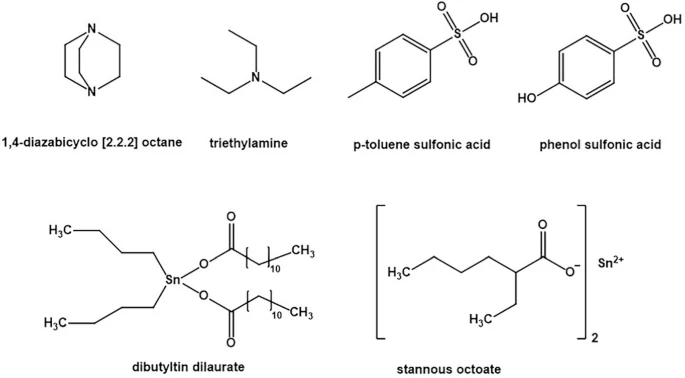
Closed-Cell Structure Explained
Phenolic foam insulation is composed of millions of tiny, bubble-like cells that are sealed and do not interconnect. This closed-cell structure is a direct result of the chemical composition and the manufacturing process, where gases are introduced to create a uniform cellular matrix.
Benefits of the Closed-Cell Structure for Insulation
The closed-cell structure of phenolic insulation offers several benefits:
- Moisture Resistance: The non-porous nature of the closed cells prevents water from penetrating the insulation, maintaining its thermal efficiency over time.
- Structural Strength: The rigid cellular structure provides phenolic foamwith a high strength-to-weight ratio, making it suitable for a wide range of applications, from pipe insulation to ductwork.
- Air Sealing: The tight cell structure acts as an effective air barrier, reducing the infiltration of air and improving energy efficiency.
How the Structure Contributes to Thermal Performance?
The closed-cell structure plays a pivotal role in the thermal performance of phenolic insulation:
- High R-Value: The cells are filled with air or other gases that have a lower thermal conductivity than the plastic material itself. This traps pockets of gas within the cells, resulting in a high R-value, which is a measure of thermal resistance.
- Consistent Insulation: The uniformity of the closed-cell structure ensures consistent insulation properties throughout the material, without any weak points where thermal energy could easily transfer.
- Dimensional Stability: The structure retains its shape and size across a wide range of temperatures, preventing thermal bridging and maintaining the insulation’s effectiveness.
Manufacturing Process of Phenolic Insulation
The manufacturing process of phenolic insulation is a sophisticated operation that transforms chemical components into a high-performance insulation material. This process involves several key steps, each designed to ensure the final product meets the necessary quality and performance standards.
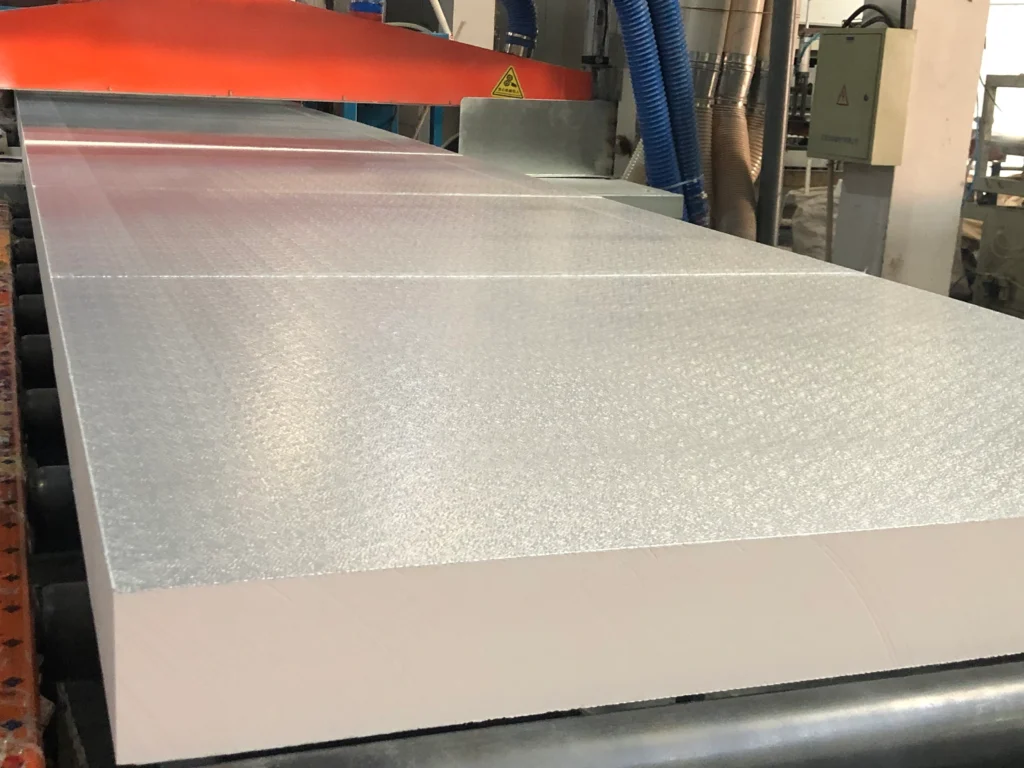
How does the production process of phenolic insulation unfold, from raw materials to the finished product?
- Raw Material Preparation: The production begins with the mixing of phenol, formaldehyde, and other additives under controlled conditions. Catalysts are added to initiate the chemical reaction that leads to the formation of phenolic resin.
- Reaction and Polymerization:The mixture is then subjected to a reaction process where it polymerizes to form a liquid prepolymer. This prepolymer is further reacted to create a novolac resin, which is the base for the phenolic foam.
- Foaming: The novolac resin is combined with a blowing agent, which creates gas bubbles within the resin as it is heated. This foaming process is critical for developing the closed-cell structure of the phenolic foam.
- Curing: The foamed resin is then cured, either at ambient temperature or through a baking process, to solidify the foam structure. This step is essential for achieving the desired physical and thermal properties.
- Cutting and Shaping: Once cured, the phenolic foam is cut and shaped into the required sizes and forms, such as sheets, pipes, or ductwork sections, ready for installation.
Quality Control Measures
Throughout the production process, rigorous quality control measures are implemented to ensure consistency and adherence to specifications. This includes:
- Material Testing: Regular checks on the raw materials to ensure they meet the required chemical and physical properties.
- Process Monitoring: Continuous monitoring of temperature, pressure, and mixing ratios during foam production to maintain process control.
- Final Product Inspection: Inspection of the finished insulation products for dimensional accuracy, surface quality, and performance characteristics.
Environmental Considerations in Production
Manufacturing companies are increasingly aware of the environmental impact of their operations and strive to minimize the ecological footprint of phenolic insulation production. This includes:
- Emission Controls:Installation of pollution control equipment to reduce emissions from the production process.
- Waste Reduction:Implementation of strategies to minimize waste generation and maximize material utilization.
- Energy Efficiency: Adoption of energy-efficient technologies and practices to reduce the overall energy consumption of the production process.
Learn More About:Maximizing Energy Efficiency with Phenolic Insulation
What are the potential health risks associated with phenolic insulation?
Phenolic insulation is generally considered safe for use in residential and commercial buildings when properly installed and maintained. However, like any building material, it is important to be aware of potential health risks and to follow safety guidelines to minimize exposure. . Here are some of the potential health risks associated with phenolic insulation:skin and eye irritation,respiratory issues,allergic reactions,off-gassing,fire hazards and installation hazards.To minimize these risks, it is important to follow the manufacturer’s guidelines for installation and handling. Professional installers should use personal protective equipment (PPE) and ensure proper ventilation. Building occupants should avoid contact with the insulation material and report any issues, such as off-gassing odors or visible damage, to the building management for prompt attention.
For more detailed information on the health risks associated with phenolic insulation and recommended safety practices, it is advisable to consult the material safety data sheet (MSDS) provided by the manufacturer and to adhere to local building codes and regulations.
Is phenolic insulation safe for residential use?
Yes, phenolic insulation is generally considered safe for residential use when properly installed and maintained. Phenolic insulation is valued for its high thermal efficiency, fire resistance, and low toxicity, making it a suitable choice for homes.
How does phenolic insulation compare to other insulation materials in terms of safety?
Phenolic insulation is often considered safer than many other insulation materials due to its low toxicity, excellent fire resistance, and minimal risk of irritation. It is particularly well-suited for residential applications where safety and indoor air quality are primary concerns. However, it is important to follow proper installation and safety guidelines regardless of the insulation material chosen.
Does phenolic insulation meet fire safety standards?
Yes, phenolic insulation meets various fire safety standards and is known for its excellent fire-resistant properties. It is designed to provide a high level of thermal insulation while also ensuring safety in the event of a fire. Phenolic insulation is designed to meet stringent fire safety standards and is recognized for its excellent fire-resistant properties. It is a reliable choice for applications where fire safety is a critical consideration, and it helps ensure the safety of occupants and the integrity of the building structure in the event of a fire.
